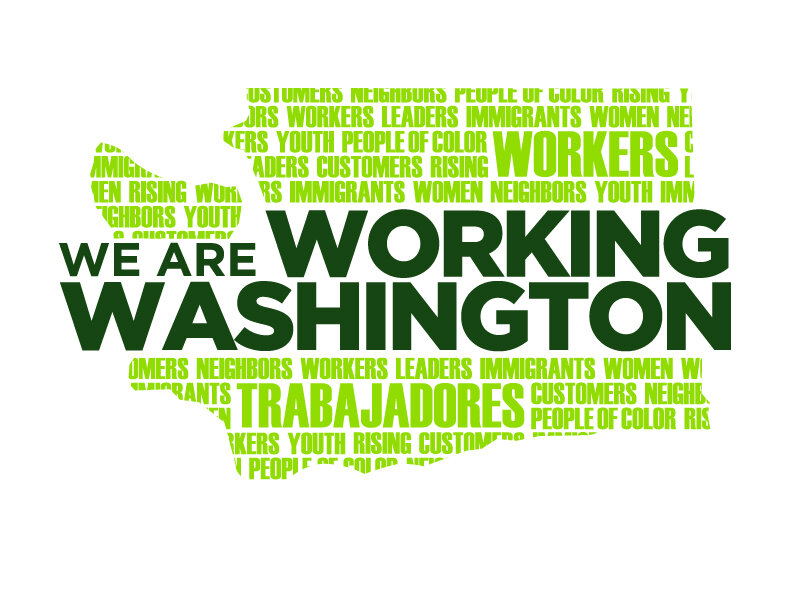Someone’s Insurance Is Going to Cover This—Right?
Everyone should have the right to get around the city safely. For the sake of driver and rider safety, that means drivers should get adequate training so they can do their jobs safely and efficiently, and reliable comprehensive insurance coverage that will actually cover passengers and drivers in case of an accident.
But for companies like Uber and Lyft, drivers report that “training” often means nothing more than some online videos about how the app works. In some cases, companies are even charging drivers for voluntary basic training courses.
And while every ride includes a fee to pay for insurance, in drivers’ experience, Uber insurance often doesn’t actually pay out after an accident. Drivers report being told to file claims with their personal insurance instead. (That’s right: Because drivers are required to pay Uber for insurance and maintain their own personal policy, they’re paying for two kinds of insurance.) But personal insurance companies have said clearly that they generally don’t cover the use of personal cars as a commercial vehicle.
The choice these companies seem to be giving drivers is limited: fight over insurance coverage, lie to your personal insurance, or cover the damage out of pocket—all the while getting no paycheck, since they've probably suspended you from the system while it all gets worked out.
Here's what drivers are saying about safety, training, and insurance:
I had an accident, somebody backed up and hit my car, and when I called Uber, it was an argument. They told me, “Go and call your personal insurance.” I said "No, it's not on my insurance, I was working." It became an argument. And, when they knew that I was in an accident, they suspended me. So for a week, I had nothing. I wasn't making any money, because they wouldn't let me drive. I had to go to a mechanic and get it fixed. You can't just sit for more than a week. You have a kid, you have rent, you have things to do, you know?
They're putting somebody in a situation that is terrible. If [a driver] has training, they'd be able to know the city, have a good understanding. When you're new, you're confused, and you need to learn things. You need to learn the city, the streets. You buy a brand-new car to work for Uber, because Uber tells you to get a new car. Somebody will quit his job, will go and buy a new car, work for a little bit. You pick up a customer, and they say, "Okay, take me to Pike and Broadway." You don't know, you've never heard that name, you are not trained, you're nervous inside. So when you drop the customer off, of course the customer has a right to give you a bad rating because you don't know what you're doing. You get bad ratings, in 3 weeks, you're suspended. And you bought a car for $30,000. Don't put people in a problem they can't get away from. —Peter, Seattle Uber driver
I had a passenger who assaulted me. I reported it to Lyft, and they told me, "Oh, don't worry, we took care of it." They said they took him off the system. But sure enough, a month later, I was in Queen Anne, and he activated a Lyft ride. And guess who shows up. He didn't remember me, because he had been drunk and had a friend with him. But I remembered him. I though Lyft said they got rid of him. But it's so easy to get back on the system. There's no security for drivers. I've gotten assaulted, I've gotten vomited on. —Miguelito, Seattle Uber & Lyft driver
While these companies may talk about "safe rides," it seems they're not taking some basic steps to actually provide them—for drivers or for riders.





